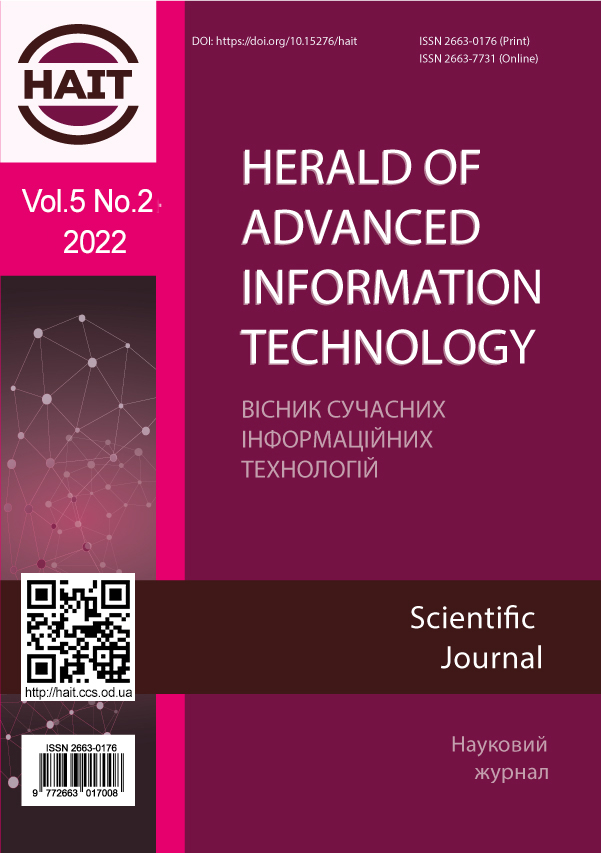Technology elements of behavioral energy testing of distributed information systems
DOI:
https://doi.org/10.15276/hait.05.2022.9Keywords:
Network information system, behavioral energy testing, extended energy-loaded Petri net, energy-loaded identifierAbstract
Early testing of the reliability of functioning, performed before the occurrence of critical emergency situations, plays an important role in the theory and practice of monitoring and diagnosing various technical systems, including computer distributed information systems. Many checking and diagnostic methods directly or indirectly use the energy characteristics of systems, that are directly related to the work they execute, that is, their performance. The proposed elements of the technology of behavioral energy-consumption testing are based on the corresponding models and methods, supplemented by the registration and analysis of inertial temperature and operational volt/ampere characteristics of the test behavior of systems, at the model level represented by extended energy-consumption Petri nets. The elements of behavioral testing technology, proposed in this work, are distinguished by an additional set of calculated and empirical boundary temperature and volt/ampere characteristics of both systems and their components. These characteristics represent states/vertexes, positions/transitions, fragments and scenarios of operation, that are critical in terms of energy consumption, which gives grounds for their monitoring. A feature of these elements of the technology is also the possibility of determining and using natural identifying properties of energy characteristics in behavioral testing, which allows them to be used in check and recognition experiments for the reliability of functioning, both independently and in conjunction with behavioral analysis. The use of additional analysis of energy consumption by temperature and volt/ampere characteristics, as part of complex testing technologies and automatic systems of technical diagnostic, based on them, makes it possible to increase the efficiency, completeness and flexibility of behavioral online and offline testing for computer distributed information systems.








